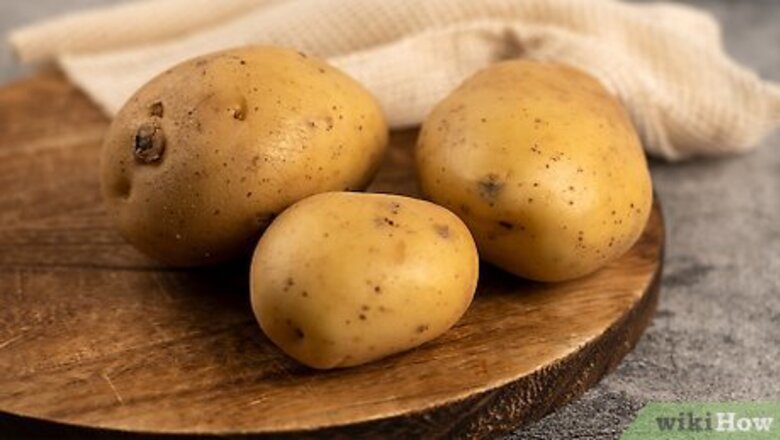
views
Storing Potatoes
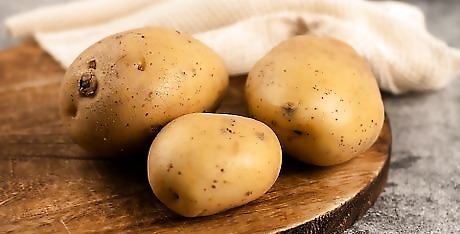
Sort your potatoes. After buying a bunch of potatoes or gathering them from your garden, take a few moments to sift through them. Look for any potatoes with broken skins, bruises, or any other visible damage. These shouldn't be stored — they will rot faster than normal and may spread the rot to undamaged potatoes. Instead, choose one of the following options: Use the damaged potatoes within a day or two, cutting out any damaged or unattractive parts before use. "Cure" the potatoes to reverse damage and extend their storage life (see curing step below). Throw badly-damaged or rotting potatoes out.

Store healthy potatoes in a dark, dry place. Once you've separated the damaged potatoes from the undamaged ones, put the latter in a spot that's not exposed to light or moisture. These things can cause greening and/or rotting. Good examples include basements, cellars, and out-of-the-way kitchen cabinets. Additionally, you'll want your potatoes to stay well-ventilated. Most potatoes are sold in mesh bags that allow air to pass through — these are fine. Don't transfer the potatoes to an airtight container. If you picked the potatoes yourself, try layering them in wicker baskets or ventilated boxes. Add a page of newspaper between each layer. Cover the top layer with newspaper as well.

Keep the temperature cool. Potatoes keep best at temperatures less than 50 degrees Fahrenheit (10 degrees Celsius). For maximum storage length, potatoes should remain between 35-40 degrees Fahrenheit (about 2-4 degrees Celsius). A cool, dark room like a basement or root cellar usually works well. Note that refrigerators are too cold for potatoes and can ruin their taste. See the section below for more information.
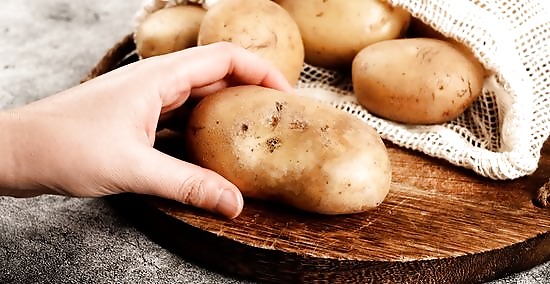
Check your potatoes periodically for signs of spoilage. Stored using the method above, most potatoes will last a few months without problems. However, every few weeks it is wise to check your potatoes briefly for "problem" signs. One rotten potato can infect the others around it, so getting rid of bad potatoes before they have a chance to spread is vital. Symptoms to look for include: Greening: The potato gains a subtle green color. Over time, the flesh will soften and appear slightly withered. Often caused by exposure to light. If there is only slight greening, cut away the green portions of the skin before cooking. Sprouting: Small bud-like "sprouts" start to grow out of the potato. Usually accompanied by greening/softening. Cut the sprouts away before cooking if the potato isn't too soft or green. Rot: The potato appears to be visibly decaying — it may smell bad, have a soft texture, and/or be covered with mold. Throw out rotting potatoes and replace any paper that was touching them.
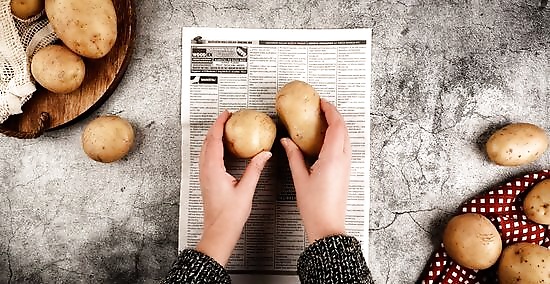
Cure your potatoes for long-term storage. If you want your potatoes to last even longer, try the technique described below. This is also a good choice for potatoes with minor damage that would otherwise be vulnerable to rot — "cured" potatoes will usually have minor cuts and bruises heal up. To cure your potatoes: Lay your potatoes on a bed of newspaper in a cool, dark place. Raise the temperature to 50-60 degrees Fahrenheit (10-15 degrees Celsius), slightly higher than normal for storage. Let the potatoes sit this way undisturbed. After about two weeks, the potato skins will be thickened and dry. Brush off any large clumps of dirt from the surface of the potato and store them according to the directions above (this will require you to lower the temperature slightly).
Knowing What to Avoid
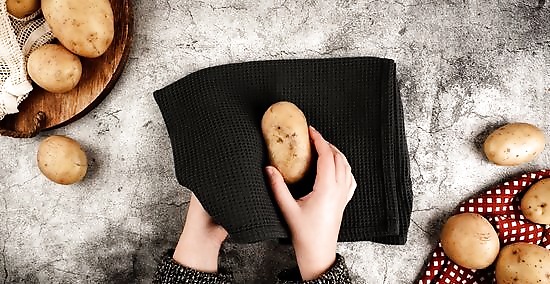
Don't wash potatoes before storage. Though it may seem like "cleaning off" potatoes will make them less vulnerable to rot, the truth is actually the opposite. Exposing potatoes to moisture shortens their storage life and makes them much more likely to rot. Keep potatoes as dry as possible before and during the storage process. If your potatoes are covered with dirt, let them dry out, then use a dry brush to remove any noticeable clumps. You can (and should) wash them right before you start to cook them.
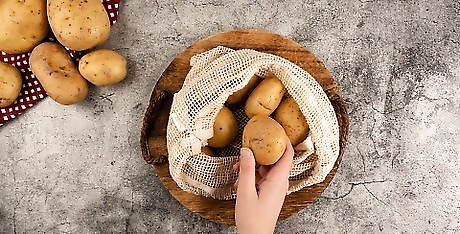
Don't store potatoes in the fridge. As noted above, refrigerators are too cold to store potatoes well. The cold temperatures inside a fridge will cause the potato's starches to convert to sugar, giving it an unappealingly sweet taste. This can also affect their color. If you do put potatoes in the fridge, let them warm to room temperature gradually before cooking. This will reduce the discoloration (though it may not completely eliminate it). Potatoes stored in the refrigerator may also form acrylamide, a chemical that's been flagged as a cancer risk.
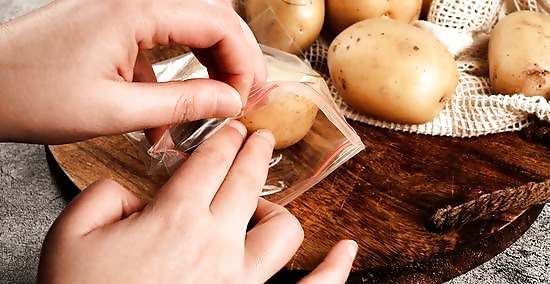
Don't store cut potatoes in the open. Once you cut potatoes,cook them as soon as possible. The exposed flesh of the potato doesn't keep well compared to the tougher skin. If you can't cook a bunch of cut potatoes right away, store them under an inch or two of cold water. They will keep for about a day this way without losing their texture or discoloring.
Don't store potatoes near certain produce. Some fruits and vegetables, like apples and onions, excrete a chemical called ethylene. This gas encourages ripening — you may have noticed that your fruits tend to ripen faster when you keep them next to each other. Ethylene can cause your potatoes to sprout early, so store your fruit elsewhere.



















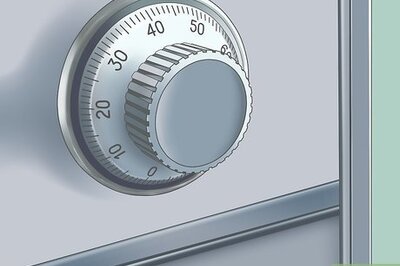
Comments
0 comment